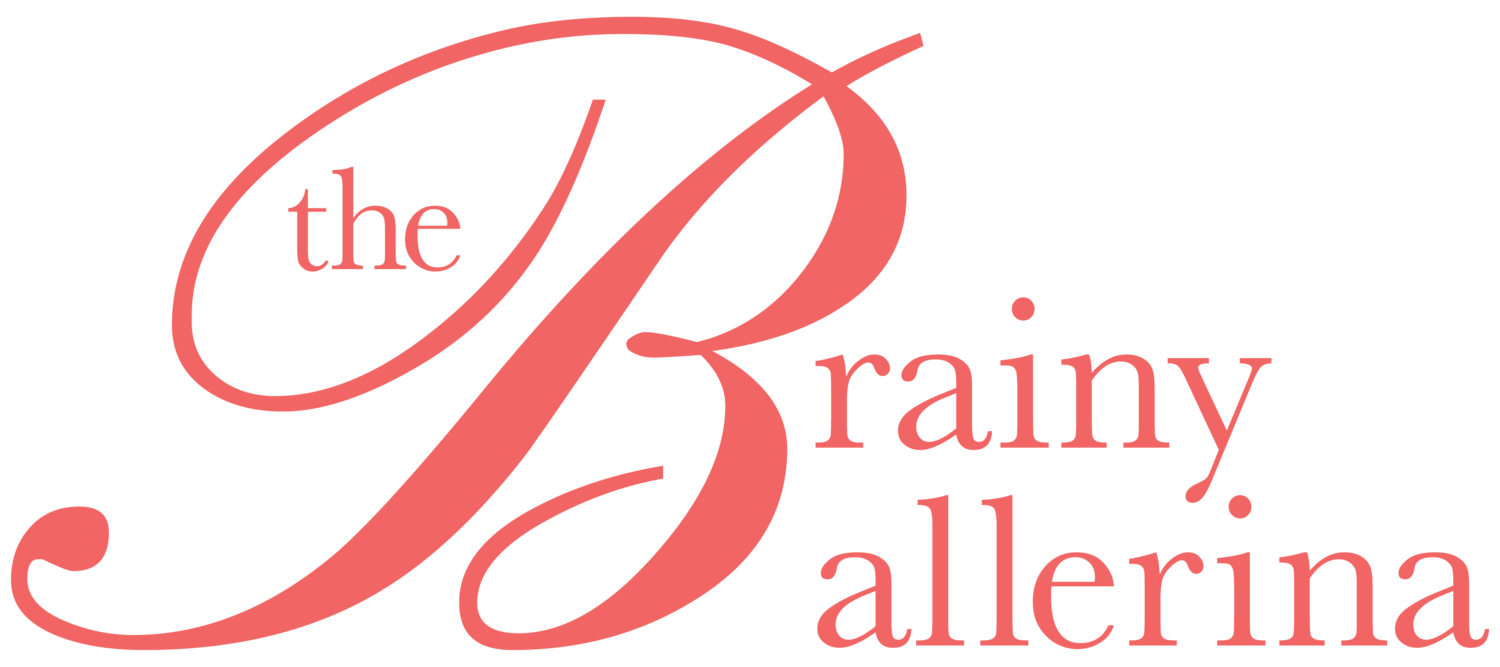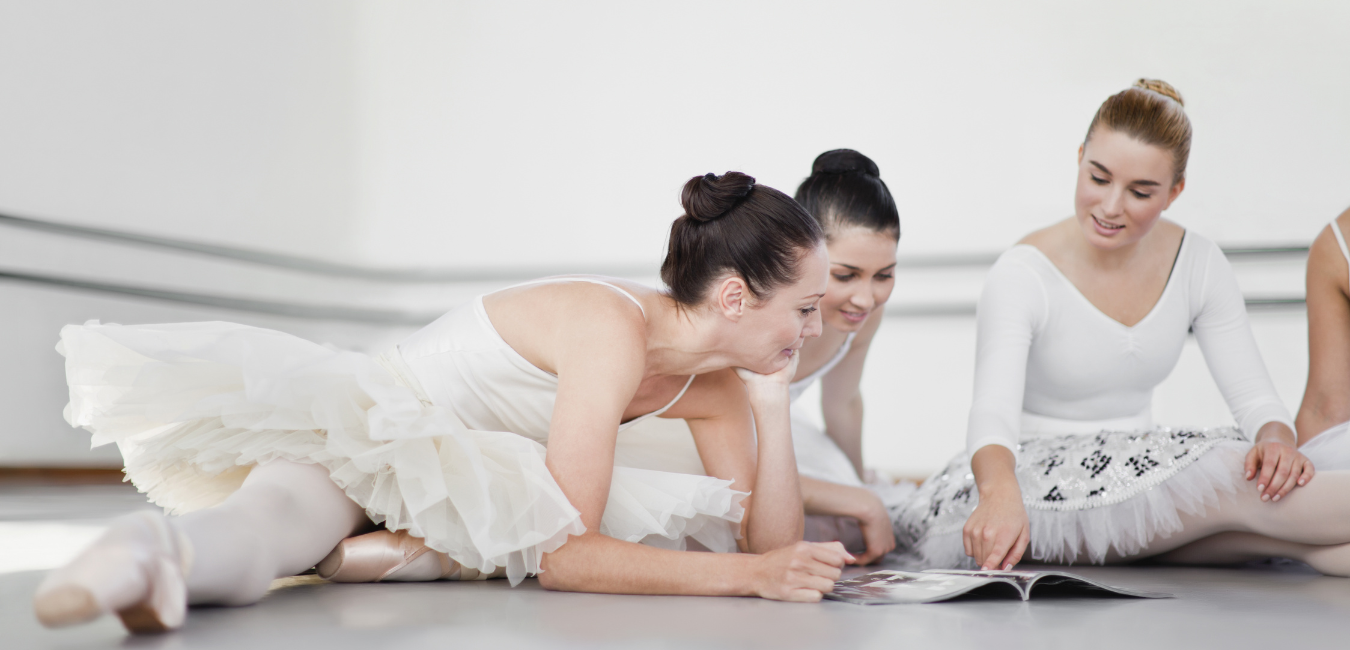Helping us Help You: a Dance Writer Talks Getting Helpful Press Coverage
Picture this: you (or your press personnel) send out press releases to myriad publications, hoping to get some press on a work that you’ll present. You need some reviews for future grants, some quotes for your website, and simply audience members in the door. You’d also love some objective feedback on your work. Perhaps you’re an emerging artist hoping to increase your public presence or promote a unique project or service of yours.
But…crickets. Not a response in sight, not even a “thank you, but no thank you.” You’re frustrated, and even mystified…what does it even take to get some press to your name? I’ve been a dance critic and journalist for eight years. From the other side of the table, so to speak, I think I can help.
Firstly, I want to be clear: I’m on your side. I want you to succeed, to reach your wildest dreams! It’s why I do this work – to support artists and this art form I love (I’ve been a dancer myself for twenty-one years). Additionally, just like those on the other side of the auditioning table want to find their “person,” I want to get that pitch that’s going to help me achieve my goals, as well! As for my dance writer colleagues, I can’t quite speak for them (and that goes for everything I say in this piece, by the way). I can say that the majority of them – that I know, at least – are artists themselves. They get it!
At the risk of generalizing, I’ll say this: when we can’t help you, it’s typically a function of things that are out of our control. Dance journalism, as a field, has dwindled from a place of multiple reviewers creating conversation around a single work to artists having trouble getting one writer to cover their work. Dance publications have been shuttering left and right.
Just like dancers, choreographers, and company leaders, we’re doing the best we can under challenging circumstances. There are simply too few of us, and too few publications, to cover the breadth of amazing work happening out there. That said, let’s look at some ways that you can help us help you.
Pitching to dance writers
Firstly, I want to note: pretty much every time an artist or press representative emails me with a pitch, I wish that I could oblige. Yet those editorial decisions are most often not mine to make. When it comes to reviews, where I do have more editorial decision-making authority, well, there are only so many weeks in the month and so many hours in the day. And in all honesty, some days I get more press emails than I can field. If dance writers tell you that they can’t cover a certain work, or don’t reply, it’s most likely not that they’re uninterested.
Ok, so how can I as an artist have a better shot of getting the response I want from a dance writer or editor? You have to first get connected with dance writers. Tools already likely in your professional toolbox can help there; internet research, social media savvy, and in-person networking can go a long way. We may not be legion out there, but we do exist! You can find us if you look.
So you have a few dance writer contacts – awesome! How can you increase your chances of getting the response that you're looking for from them? First off, you’ll need a press release. Here’s a great resource with samples, and another with some tips (focused on visual arts, but applicable to dance, I'd say!). I’ll add: when it comes to dance programs that you’re promoting, I recommend putting details such as time/date and location towards the very top. The first question I have as a busy dance writer, with many scheduling logistics to consider, is whether or not I can actually make the show. Your press release is less likely to get lost in my email shuffle if I can quickly get an answer to that question.
When you send off that press release, a more personally addressed email also makes me more likely to respond. I most often don’t respond to listserv emails. As noted, it’s tough to keep up, and I just have to filter somehow. Maybe it's ego (gulp, I like to think not), maybe it’s feeling obligated to respond to someone who addresses me by name. Whatever the reason, if you write me a more personal email, that’s the first step to helping me help you.
Another tip here: read, or at least browse, a bit of a writer’s work to know what their “beat” is (if they have one). For example, I’m highly interested in the intersections of dance and social justice, community, and wellness, as well as dancer wellness and the wellness of the dance field. Pitch me a story in those areas, and I’m more likely to take an interest. If you have a pitch outside of those areas, it’s not that I don’t want to work on it – but there may be another writer out there who’s a better fit.
Through the process: being ready with assets and more
So, a writer or publication has accepted a pitch on your project – woohoo! There are still ways that you can help us help you. Firstly, our deadlines are our deadlines. We can’t meet those, and complete our work on your work, if we don’t have what we need from you. No judgment, no pressure – dancers’ lives are crazy, and things happen. Yet that’s just the fact of it: we need what we need from you to do our work, the work that will support you.
Second, have photo assets at the ready, with photographer credits. We need those, too, to accompany our writing. It helps us writers do more of our work, that which supports dance and dancers, the fewer follow-up emails we have to send.
Additionally, yes, please correct factual errors and make certain stylistic suggestions – I welcome those! Yet just like you make creative choices in your work, so do we. Our editors likely also do, again for reasons beyond our control. If we don’t take a suggestion or request (and I would love to oblige them all, truly!), we do have reasons for it.
Lastly, remember that writers are artists and humans, too. Just like having a good experience with another artist will make you want to work with them again, dance writers want to work with people they’ve had good experiences with. Just like anyone else, we appreciate gratitude, good conversation, and kind sharing of our work. Call it karma, call it whatever you want, but supporting dance writers might just come back in dance writers supporting you in the future!
Getting reviewed
A dance writer has reviewed your work – yay! Or, maybe not so yay…maybe the review wasn’t so positive. For what it’s worth, I’ll note that I – as a critic – rarely comment on dancer performances, unless it’s positive.
I personally believe that if something’s not working for a dancer, it’s up to the choreographer to “make it work” (Tim Gunn-style) by iterating in order to bring out dancers’ strengths. If it’s something like slippery Marley or an “off turning day” – well, it happens, and not really worth discussing all that much, in my view. Other critics may disagree, and that’s fine by me. Reasonable people could disagree there.
When it comes to choreographers, if I have a critique, I typically try to frame it in the sense of “I wonder what might have happened with [x alternate choice]” – because I’m genuinely curious. I see it all as a conversation, and I certainly don’t have the final word. I’m learning things all the time, and definitely not the ultimate authority! I’ll also reiterate that I am a dance and dancer advocate. I want your work to be incredible, and to celebrate it when it is. Again, I can only speak for myself there and not other critics.
If you do get less-than-positive reviews, and it’s got you down, it may help to keep in mind the subjectivity of art. That critic is only one voice, one perspective. Other perspectives may have something else to say. Maybe your work just isn’t for that person, and that’s alright! You’ll find the people who your work is “for.”
At the same time, if they’re offering good-faith constructive critique, it can only benefit you as an artist to come to it with an open mind. You may very well learn a thing or two. Again, it’s all dialogue, all conversation, with the potential to help you make your work – and the art form at large – stronger, more sustainable, more vibrant, and more impactful upon the world.
A last word of gratitude
I feel as if here in this piece I’ve had some critiques of my own for how dancers, and those who represent them, have engaged professionally with me. Maybe I’ve just had some things to get off my chest – don’t we all at times! I do want to end with a sincere note of gratitude for dance artists and dance sector professionals who take their time and focus to work with me. Overwhelmingly, it’s a sincere pleasure and honor.
Thank you also, all of you, for what you do out there. The world may underappreciate and underestimate it, but it matters. Dance transforms. Dance catalyzes. Dance heals. I certainly have more verbs where that came from. That’s why I do what I do – I want to see more of all that, always. The more you can help me as a dance writer help you as a dance artist, the more we can make it happen: together. Let’s do it – onwards and upwards!
Meet the Author
Kathryn Boland, MA, RYT-200, R-DMT, is a dance educator and writer/journalist.
She obtained a BA in Dance from The George Washington University (2011), and subsequently an MA in Expressive Therapies: Dance/Movement Therapy from Lesley University (2015). She firmly believes in the power of dance and movement for healing, empowerment, community building, social change, and so much more.
Kathryn writes regularly for Dance Informa, and has contributed to Dance Magazine, Dance Teacher Magazine, DancePlug, DIYDancer, Dance Studio Life, and Dance Dispatches.
Outside of work, she enjoys taking yoga and dance classes, performing as a dancer, music, comedy, time in nature, and a cup of coffee with a good friend.
Learn more about Kathryn at kb1moves.wixsite.com/movingmindfully or follow her on Instagram @kb1moves.




